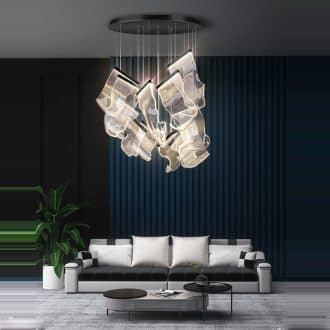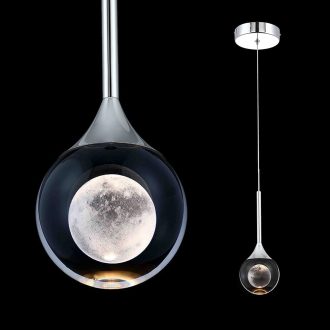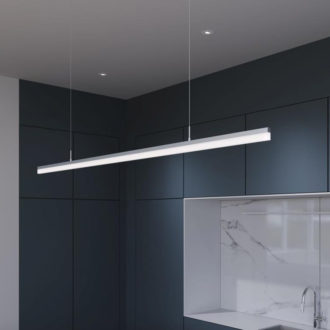Understanding Lumen Maintenance Factor December 2, 2023 – Posted in: Lighting Information
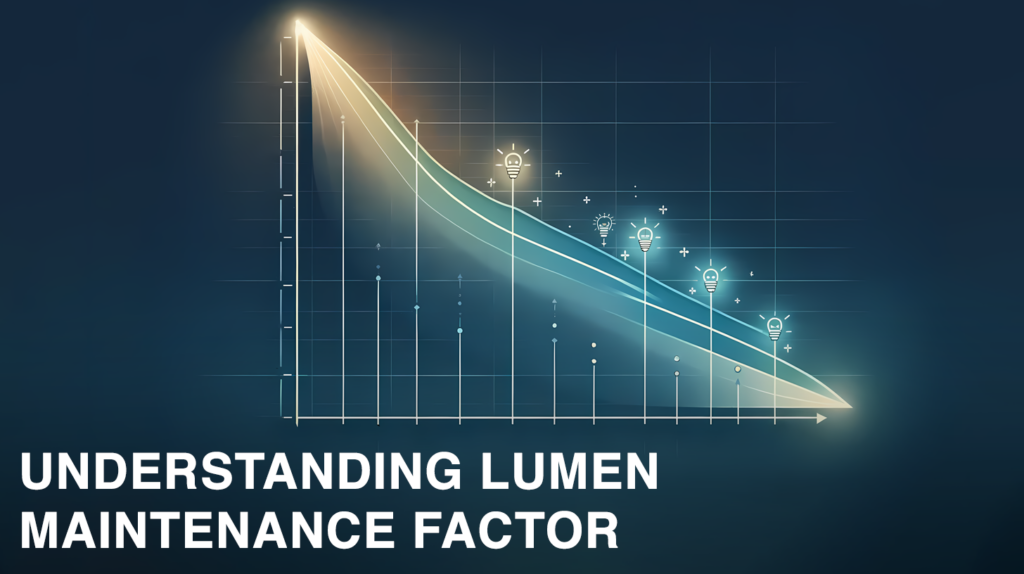
Table of Contents
Ever found yourself squinting under the light of an LED bulb that seemed to shine much brighter when it was new? You’re definitely not alone in this. It’s a common experience – setting up those bright, energy-efficient LEDs only to see them lose their luster faster than you’d bargained for.
But what many don’t realize is there’s more at play here than just some dimming over time; it’s about understanding the concept of lumen maintenance.
Like many others, we’ve scratched our heads over this illumination conundrum. It might come as a surprise to learn that most LED bulbs are actually engineered to keep shining at 70% of their original brightness after logging an impressive 25,000 hours! We’ve delved deep into the world of lumen maintenance to shed light on its significance, the factors influencing it, and how it shapes your home or office lighting experiences.
So stick with us as we unpack this enlightening topic—because who doesn’t want their spaces brilliantly lit for longer? Keep reading to cast your understanding of lumen maintenance in a whole new light.
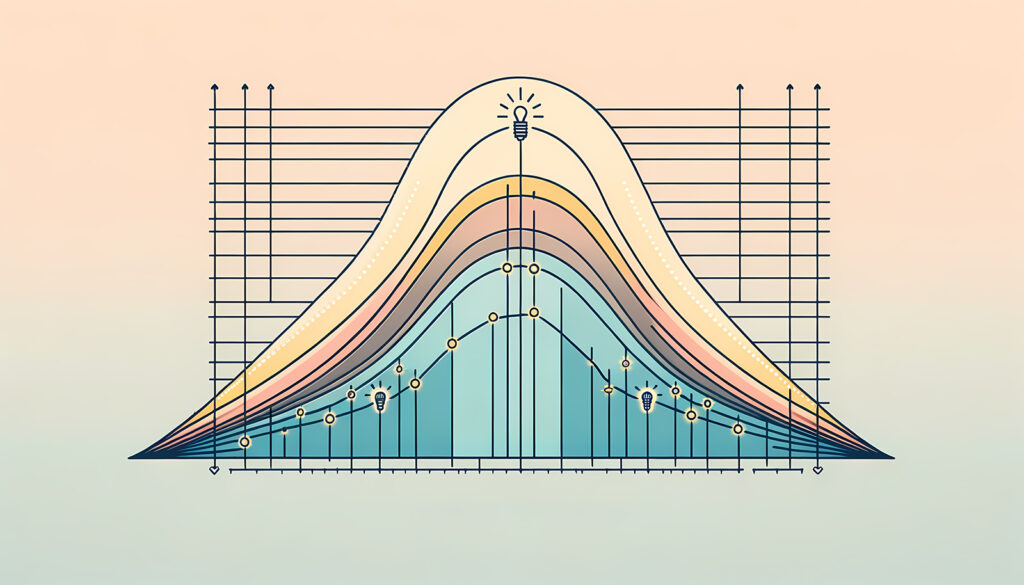
Key Points
- Lumen maintenance tells us how LED lights keep their brightness as they get older. A good score means the light stays bright for a long time.
- Different things like heat, dust, and turning on and off can make LEDs less bright faster. There are rules (LM-80 and TM-21) to test this.
- To figure out how long a light will stay bright, we look at lamp lumen maintenance factor (LLMF), lamp survival factor (LSF), luminaire maintenance factor (LMF), and room surface depreciation factor (RSDF).
- It’s important to pick lights with good lumen maintenance because it saves money by not having to change bulbs or fixtures often. It also keeps places safe and looking nice for longer.
What is Lumen Maintenance?
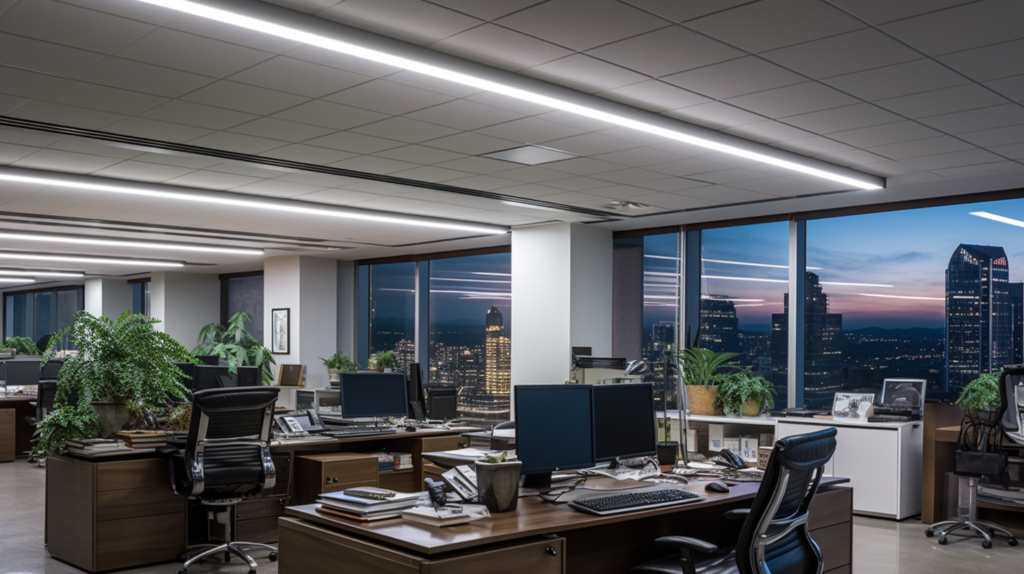
Lumen maintenance refers to the measure of a light source’s ability to retain its luminous flux over time, indicating how well a lamp maintains its brightness as it ages. It is crucial in the assessment of lighting quality and longevity, ensuring that illumination levels remain sufficient for their intended purpose throughout the lifespan of the fixture.
Understanding lumen maintenance aids both consumers and lighting designers in predicting when lamps will need replacement and how light output will degrade under normal operating conditions.
Definition
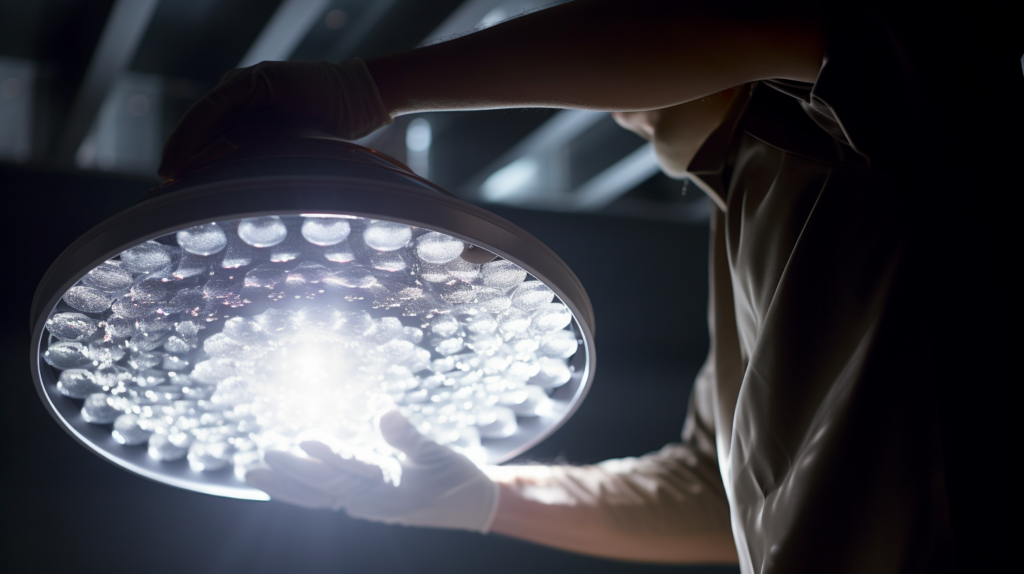
Lumen maintenance tells us how well a light keeps shining as it gets older. Imagine a brand-new LED bulb, super bright right out of the box. Over time, that brightness fades a little.
The lumen maintenance factor lets us track this change. It’s like a score for the bulb’s lasting power over time.
We look at numbers like L70 to express when an LED’s brightness is down to 70% of its starting glow at 50,000 hours—that’s its rated life point.
This helps us pick the best lighting for our application, knowing they will stay bright enough over time.
Importance Of These Ratings

Knowing how much light a led luminaire will give over time helps us make smart choices. We can pick the right lighting for our homes, offices, or streets if we understand this. The maintenance factor (MF) tells us how long the light from LED lights stays bright enough to use.
The brighter and longer-lasting our LED lighting solutions are, the better we feel about them. Good lumen maintenance means fewer bulb changes and less waste.
Factors Affecting Lumen Maintenance

Several elements play crucial roles in determining the longevity and consistency of a luminaire’s brightness over time. First, we must consider the degradation mechanisms intrinsic to different lighting technologies; for instance, LEDs and fluorescent bulbs will exhibit distinct paths of luminous decay.
Moreover, external conditions such as temperature fluctuations, voltage variations, and environmental contaminants can accelerate wear and undermine a fixture’s light output. To provide industry-wide benchmarks for assessing lumen maintenance, standards like IES LM-80 for testing LED longevity and IES TM-21 for projecting long-term lumen depreciation become indispensable tools in forecasting performance.
These guidelines help manufacturers produce more reliable products and assist consumers in making informed choices regarding their lighting solutions.
Degradation Mechanisms

Lights don’t stay as bright as they were on day one. Over time, they dim little by little. This happens because of something called lumen depreciation. It’s like brake pads wearing out on your car.
In LED lights, one big reason for this is the tiny parts inside them not working together perfectly anymore, which is called non-radiative recombination.
We have to think about other things that make lights lose their shine too. The place where you put your light can change how long it lasts. Hot or cold spots, dust, and even how old the light system is can make a difference in brightness over time.
All these bits and pieces add up and affect how we plan our lighting maintenance so we keep rooms well-lit for longer periods.
Luminous Flux Maintenance Standards (IES LM-80, IES TM-21)
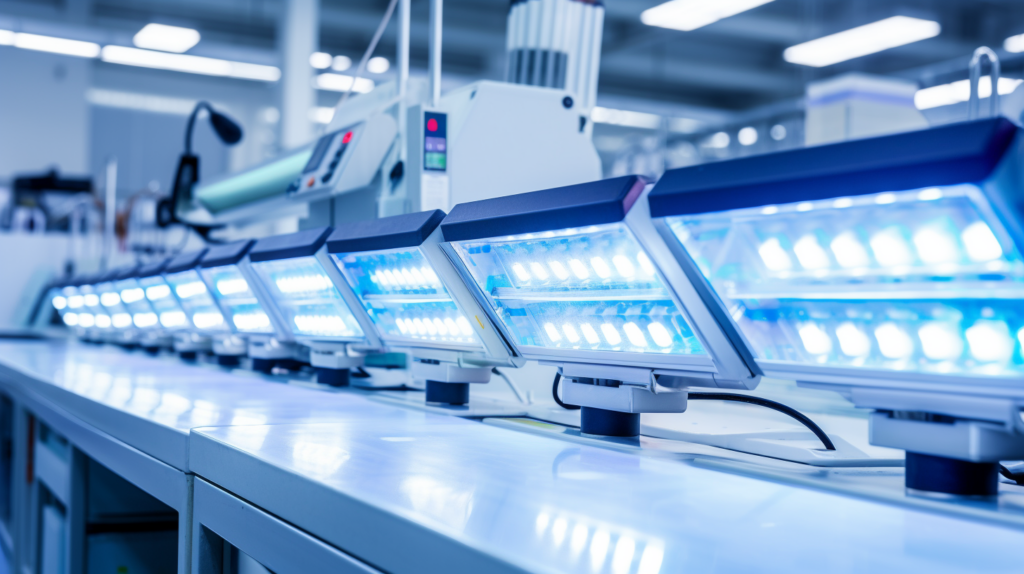
After looking at how lights can wear out, we now turn to the rules that help us understand this better. There are two main sets of ratings, LM-80 and TM-21, from the Illuminating Engineering Society.
These standards guide us on testing LED lights to see how long they last and their brightness over time.
LM-80 tells us how to test LED products for a set number of hours so we get good data on when they start to dim. This helps make sure all LED makers do tests in the same way. Using these tests, TM-21 then lets us predict how LEDs will work in the future based on what we know now.
It uses a special rule that says our guess should not be more than six times longer than the test period. So if an LED was tested for 10,000 hours, using TM-21 means we can predict its light levels up until 60,000 hours max.
Calculating and Understanding Maintenance Factors
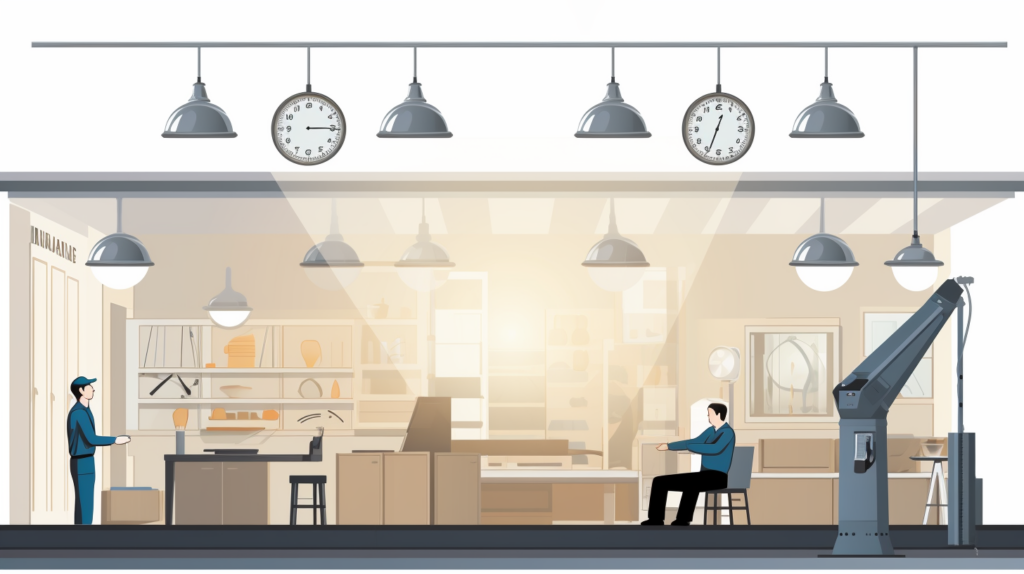
When we delve into calculating and understanding maintenance factors, it’s essential to grasp that these calculations are pivotal for ensuring the longevity and efficacy of light fixtures.
The maintenance factor (MF) is a number representing how a luminaire’s light output will reduce over time, considering all relevant influences from both lamp lumen depreciation and environmental impacts on the fixture itself.
To accurately select luminaires that meet our long-term illumination requirements, we must incorporate these calculations into our selection process, acknowledging that an MF of 0.8 suggests the lighting will maintain 80% of its initial output after a certain period.
Maintenance Factor Calculations & Formula
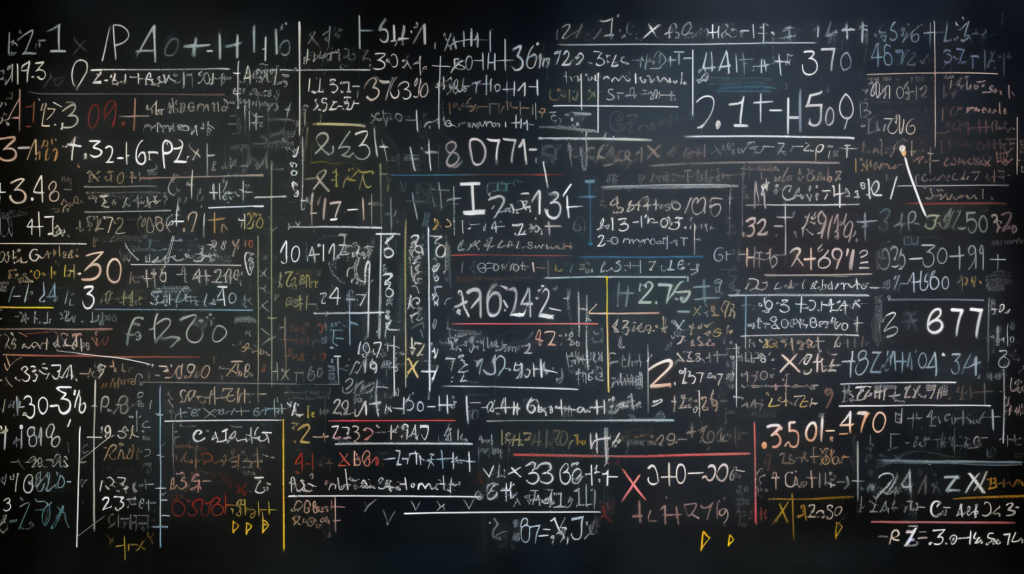
We want our lights to work well for a long time. To keep them shining bright, we need to know about maintenance factors. Here are steps to figure them out:
Maintenance Factor (MF) = LMF x LLMF x LSF x RSMF LMF = Luminaire Maintenance Factor LLMF = Lamp Lumen Maintenance Factor LSF = Lamp Survival Factor RMF = Room Maintenance Factor RSMF/SMF = Surface Maintenance Factor
- Understand the four parts of the maintenance factor (MF). These are lamp lumen maintenance factor (LLMF), lamp survival factor (LSF), luminaire maintenance factor (LMF), and room surface depreciation factor (RSDF).
- Start with LLMF. This number shows how the light from a lamp becomes less bright over time. LED luminaires might start with 100% brightness but drop to 70% later. That means the LLMF is 0.7.
- Check the LSF next. It tells us what percent of lamps will still work after tested time. If 8 out of 10 lamps work, the LSF is 0.8. (For LED it’s typically “1.0)
- The LMF indicates the extent the luminaire’s luminous flux decreases due to contamination. Clean fixtures shine better than dirty ones! A clean indoor fixture has an LMF between .93 and .98 .
- RSDF looks at how room surfaces like walls and ceilings change light levels as they get older or dirtier.
- Put all four factors together for MF calculation: Multiply LLMF x LSF x LMF x RSDF. This tells you what lighting level you’ll really have later on.
- For best results, plan regular cleanings and take care of your lights based on their type and where they’re used.
Luminaire Selection
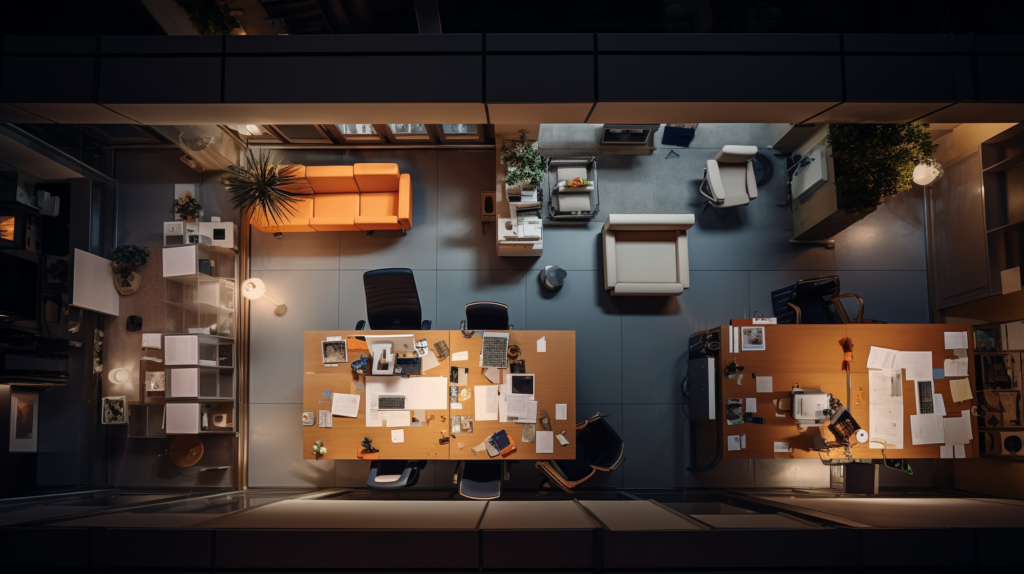
Picking the right luminaire is a big part of our lighting plan. We think about how much light we need and how long the light will last. The maintenance factor, which includes LDD and LLD, helps us choose lights that stay bright enough over time.
It’s smart to look at things like IP rating too. This tells us if the luminaire can handle dust or water. Making good choices now means our LED lights do a great job for many years.
Next, let’s talk about why keeping up lumen levels in LEDs is so important.
-
 “Flow” LED Curved High Ceiling Chandelier$399.00 – $1,669.00
“Flow” LED Curved High Ceiling Chandelier$399.00 – $1,669.00 -
Product on sale
 “Moon” Glass Ball Pendant LightOriginal price was: $129.00.$89.00Current price is: $89.00.
“Moon” Glass Ball Pendant LightOriginal price was: $129.00.$89.00Current price is: $89.00. -
Product on sale
 “Arrow” Linear Modern FixtureOriginal price was: $149.00.$125.00Current price is: $125.00.
“Arrow” Linear Modern FixtureOriginal price was: $149.00.$125.00Current price is: $125.00.
The Importance of Lumen Maintenance in LED Lighting
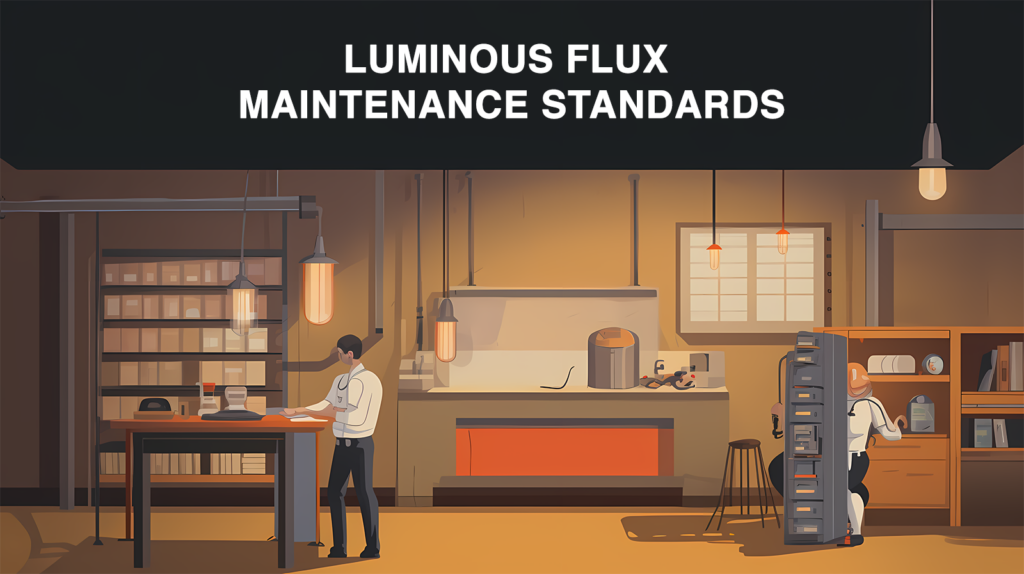
In the realm of LED lighting, lumen maintenance holds significant importance as it determines the ability of a light source to retain its luminous output over time. LEDs are lauded for their lengthy service life; however, this duration isn’t solely about the time until bulb failure but rather revolves around when the emitted light falls below a level considered functional for its intended application.
When we consider rated life versus lumen-maintenance life in LEDs, there’s an essential distinction. Rated life often represents the point at which 50% of a large group of lamps will have failed (also known as average rated life).
In contrast, lumen-maintenance life pertains to how long those surviving LEDs can maintain a certain percentage of their initial light output. These are commonly referred to with values like L80 or L90, indicating that 80% or 90% of initial lumens remain after 50,000 hours.
Differences in Rated Life vs Lumen-Maintenance Life

Rated life and lumen-maintenance life are two different things that can confuse us. Let’s make it simple! The rated life is how long an LED light source is expected to work before it fails or burns out completely.
Think of it like the battery life on a toy; eventually, after lots of use, it won’t turn on anymore. On the other hand, lumen-maintenance life tells us about the brightness over time.
We need both numbers to choose good lights. If the rated life is long but the light gets dim too quickly, we won’t be happy with dark rooms way before our LEDs stop working altogether.
That’s why lighting folks care so much about luminous flux maintenance—it makes sure we have enough bright light for as long as possible.
Now imagine setting up a new place with awesome LEDs that stay bright through many birthdays and holidays – think about all you’d save not buying new bulbs! And speaking of making smart choices.
How Poor Planning Can Negatively Impact Lumen Maintenance
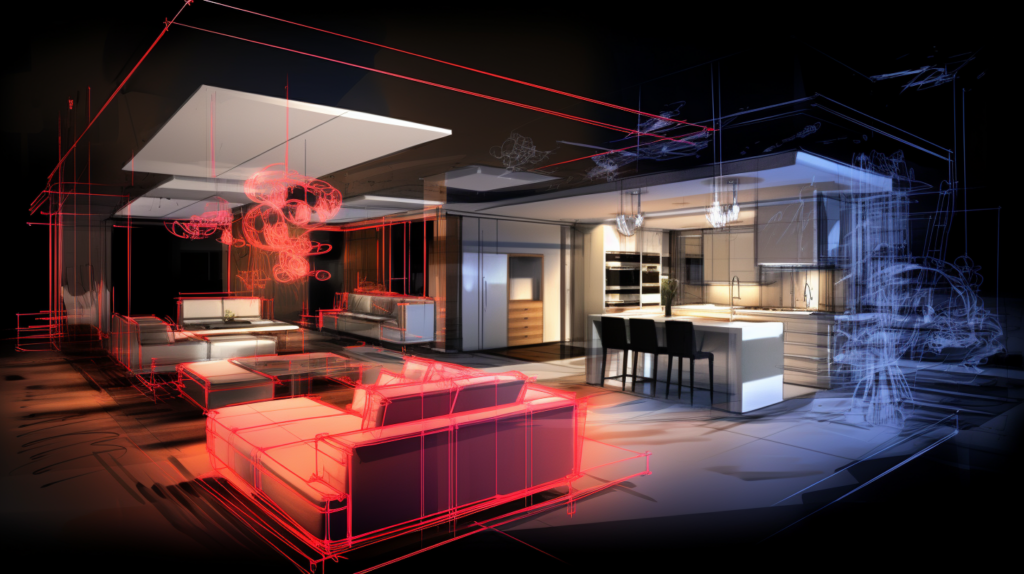
Poor planning means lights might not shine as brightly or last as long as they should. Think about a maintenance plan like a map for keeping lights working well and bright. Without the map, you may use LED lighting products wrong, causing them to grow dim faster than expected.
For example, if we don’t think ahead about how hot it gets around the lights or how often they turn on and off, this can break them down quicker. LEDs are tough but need the right care to do their job well over time.
We must follow good testing routines and understand what could go wrong to avoid trouble with our light’s brightness.
Using what we know, we make smart choices in lighting that last longer and work better. Remember, taking care of your lights means they’ll shine strong for years to come.
Frequently Asked Questions
What is lumen maintenance factor?
Lumen maintenance factor is about how long a light keeps shining bright. It tells you what percentage of the initial light a bulb still makes after it has been used for some time.
Why does the lumen maintenance factor matter when I choose lights?
It matters because it shows how much light you will have in your space as time goes on. If the maintenance factor is high, you’ll have more light for longer.
What does a maintenance factor of 0.8 mean?
When people say the maintenance factor is 0.8, they mean that the light will keep 80% of its brightness from when it was new after certain hours have passed.
How can things around me affect my lights lumen maintenance factor?
Many things can make this number change, like dirt or dust on your lights, heat around them, and how often they turn on and off.
Can LED lights last longer than old-style bulbs?
Yes! LED-based lights generally stay bright longer than older kinds of bulbs like incandescent ones – meaning they often have better lumen maintenance factors.
What should I know about maintaining my lighting to keep up with required levels?
To keep your lighting at good levels until the end of their life, follow a regular cleaning schedule and think about replacing groups of bulbs together so everything stays nice and bright.
I have been the project manager for Modern.Place since early 2016, spending three of those years working overseas on the manufacturing & procurement side of the LED lighting industry. Constantly learning and passing on knowledge to others while excited for what the lighting industry will involve into next.

